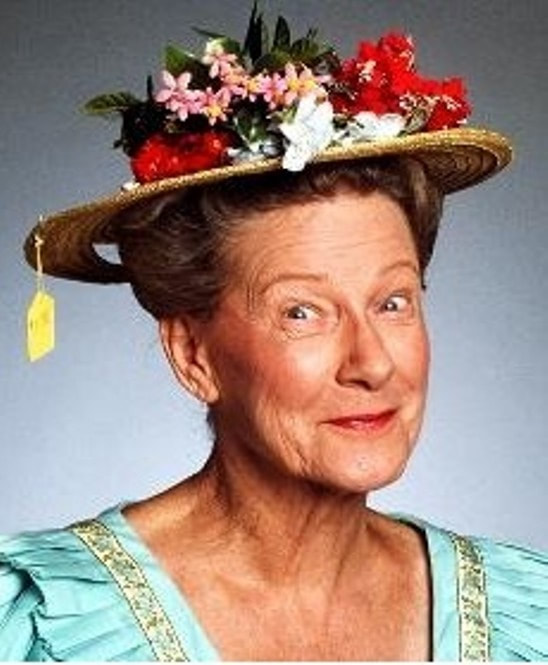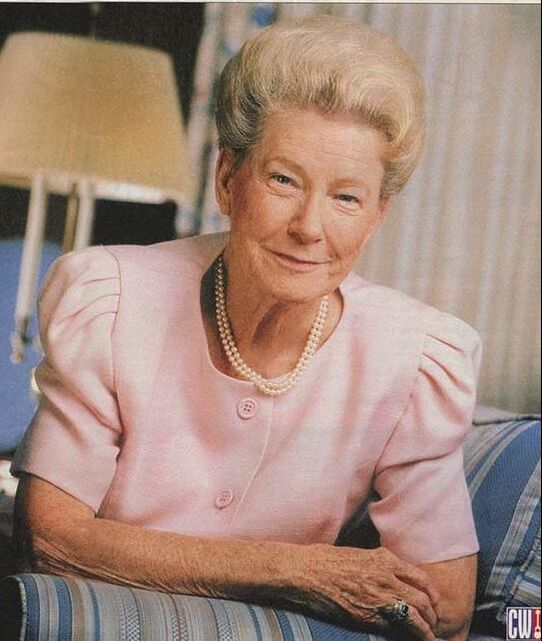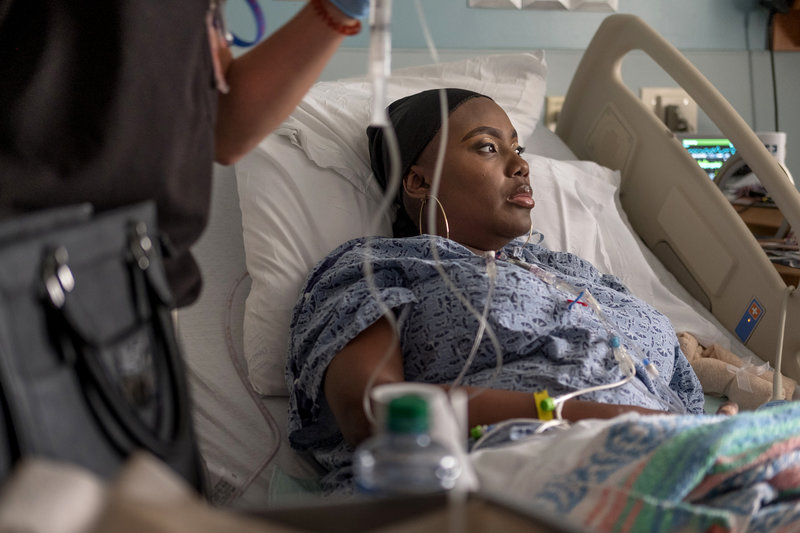|
I learned something very nice today.
We were listening to NPR and heard about a young woman who has chosen innovative treatment for sickle-cell anemia. The hopeful procedure is about to take place in Nashville, America’s new hot destination town, in the Sarah Cannon Research Institute. Sarah Cannon. Long ago, several times, I met a wise and mannered lady of Nashville named Sarah Ophelia Colley Cannon. People on the Grand Ole Opry knew her as Minnie Pearl, who bustled onto the stage with a country dress and a straw hat with a price tag always hanging from the brim, and the familiar greeting of, “How-DEEEEEEE!” She was a novelty act – a comedienne, not a singer, not a picker, not a looker in that outfit – but also a mainstay of the Opry. Others came and went but Minnie Pearl and Roy Acuff were almost always there, with a presence that spoke of the establishment. Many of her fans knew she had a degree (a rarity for women, in her youth) from Ward Belmont College (Now Belmont University) and was one of the grand ladies of Nashville. But on Saturday evening they wanted to see and hear her bumpkin persona, lamenting how she could never attract “a feller.” One time I met her was in 1975, at the Nashville premiere of Robert Altman’s movie, “Nashville.” A lot of the in-crowd was bad-mouthing the movie as making fun of the Opry, but a few people seemed to see the vision and art of the movie. Dotty West, redhead and singer, told me, “It's not a put-down. It's a fine picture, and I'm looking forward to seeing it again.” And Mrs. Cannon gave me a tactful quote: “very interesting—maybe I'm too close to Nashville—this is my home, my family—I can't make a judgment now.” I thought she was letting me know that she got it. I knew Mrs. Cannon had passed but did not know the details until today, when I looked up her connection to the hospital. It turns out she had undergone a double mastectomy in the mid ‘80’s, and had a stroke in 1991, and died in a nursing home in 1996, at the age of 83. At some point her name was on the hospital, now part of a broader chain of hospitals, most in the border-state region. Now, at the Sarah Cannon Research Institute in Music City, a young woman seeks relief from a crippling and murderous condition that disproportionately affects African-Americans. Victoria Gray, 34, from Forest, Miss., is at the Sarah Cannon institute, having volunteered for the gene-editing CRISPR technique to treat a genetic disorder. "It's a good time to get healed," Ms. Gray told NPR in an exclusive interview, noting that she cannot move her arms. The interview did not identify Sarah Cannon as the grand old face of the Grand Ole Opry, but I recognized her name. I want to add that I always loved being around the Opry, and that I am delighted, in a very ugly time (and that is all I am saying; you know what I mean), Mrs. Cannon’s life is being used to bring hope to people who suffer from this horrible condition. As Ms. Gray is being treated in Music City, may she hear a word of earthly healing: “How-DEEEEEEE!” NPR article: https://www.npr.org/sections/health-shots/2019/07/29/744826505/sickle-cell-patient-reveals-why-she-is-volunteering-for-landmark-gene-editing-st Sarah Cannon Research Institute: https://sarahcannon.com/about/index.dot Sickle-cell anemia: https://news.nnlm.gov/scr/sickle-cell-anemia-predominant-among-african-americans/ Bio of Sarah Ophelia Colley Cannon: https://www.vacationsmadeeasy.com/NashvilleTN/articles/MinniePearlBiography.cfm My article about Nashville’s reception for the Altman movie in 1975 https://www.nytimes.com/1975/08/10/archives/nashville-has-mixed-feeling-an-nashville.html?searchResultPosition=1
Ed Martin
7/29/2019 04:46:24 pm
Your humanism is what first drew me to your columns. Thanks.
George Vecsey
7/29/2019 05:01:57 pm
Ed: The Ryman had (still has) magic dust in the air. Its sound should have been made permanent...glad your friend messed with it.
Thor A. Larsen
7/29/2019 10:27:51 pm
Fascinating article, George!! An inspiration for those suffering from Sickle Cell disorder. And now, you sensitize me to visit Nashville!
George Vecsey
7/30/2019 03:56:23 pm
Ed, I forgot to say, Thank You.
Thor A. Larsen
7/30/2019 07:19:13 pm
Yes, George, Nashville is high on our list, as soon as we stop going overseas! Our daughter, husband and their two sons, 11 1nd 13 went there last autumn and all had a great time. both boys play guitars so, the music themes inspired them and were so happy to have traveled that far by car from NY City. Comments are closed.
|
Categories
All
|












